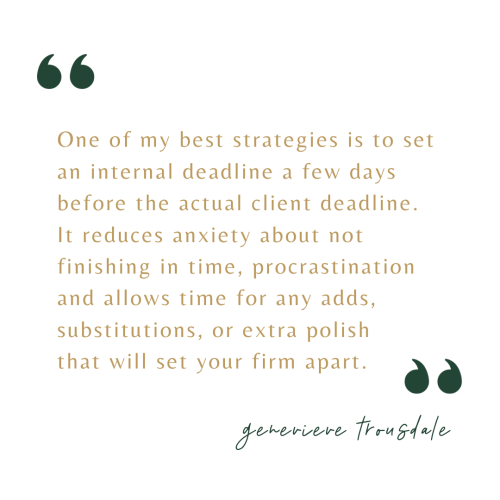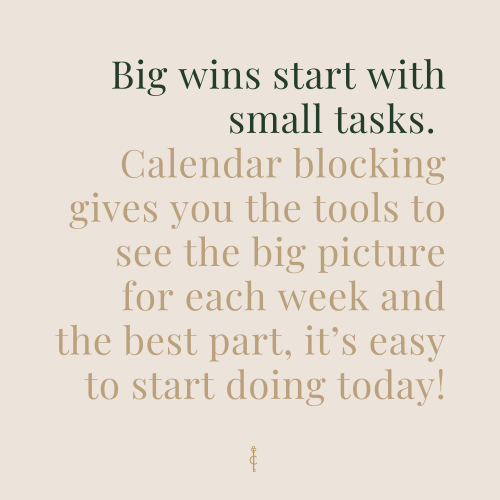Running your own Interior Design business has its challenges, especially when you’re juggling multiple projects, deadlines and managing communication internally and externally. This is why it’s so important to create a schedule that actually works for you and your team and offers clear communication to keep everyone on task. As we all know, there will be delays and project mishaps along the way (hello, COVID!). Circaphiles is here to level up your organization game and protect your system from distraction!
Creating a Schedule that Works: Balancing Multiple Projects and Deadlines

Define Goals and Objectives
What do you want to accomplish for each project? Write these goals and objectives down in a place where it is highly visible on a daily basis for a constant reminder. If you are doing something that doesn’t serve that goal, delegate or delete that task (as my business coach likes to say).
Are all of your team members aware of these goals and objectives? Including your support staff on these conversations, from creation to the extent of their definitions, will better prepare them to do the job to the best of their ability. Visibility into the firm and project goals often fosters growth and dedication. This will, in turn, raise the bar of the entire firm’s reputation.
Understand Team Dynamics
Consider the strengths, weaknesses and work styles of you and your team members. This understanding will help in allocating tasks effectively and ensuring a balanced workload. If one team member is more adept in problem-solving, perhaps he or she is best suited to handle client communication or expediting. If a team member is struggling with a task, ask them about it in a supportive way. Pave a wide open lane of communication.
Pro tip! The faster you discover the root of the delay or frustration, the quicker you assign better help and keep your clients happy.
Divide and Conquer
Breaking down the project into their phases with bite-size, manageable tasks is a great course of action. Establish the most critical tasks due over the next 6 weeks and prioritize them. Hold standing meetings to track progress, encourage focus and meet those deadlines.
Pro tip! One of my best strategies is to set an internal deadline a few days before the actual client deadline. It reduces anxiety about not finishing in time, procrastination and allows time for any adds, substitutions (due to stock or budget constraint, for example) or extra polish that will set your firm apart. Preparedness = confidence (and confidence sells!)

Implement Calendar Blocking

The best tool for the job is what’s called “calendar blocking.” To begin implementing, first and foremost start your week by reviewing your tasks and meetings (with your team, if you have one) to prioritize. Once you’ve done this, you can then set aside time for each project with different tasks (whether it be billing, scheming, expediting, or client updating) by scheduling it on your calendar. That way, nothing else gets booked during those time blocks, and you can focus without the distractions. Of course, there may be weeks when you will need to re-prioritize or push a task because something didn’t go according to plan, but it will be much easier because you’ll already have a framework in place.
Pro tip! Remember, the key to staying on task and on time with projects is by creating a schedule and communicating. As designers, we’re often so focused on the big picture for our clients but are we as laser focused when it comes to our own calendars? Big wins start with small tasks. Calendar blocking gives you the tools to see the big picture for each week and the best part, it’s easy to start doing today!


